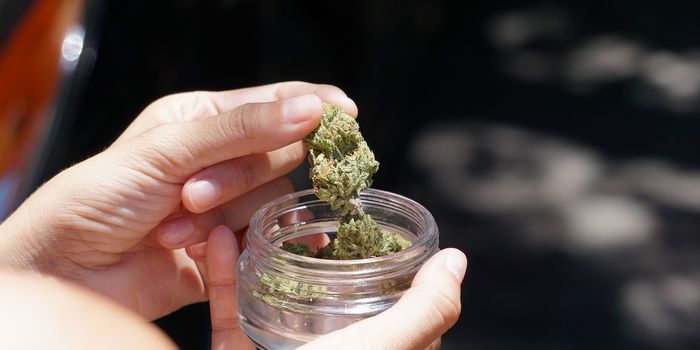Cannabis as the Next Green Energy Source?
As the environmental effects of climate change become more apparent, the search for renewable resources suitable for the production of green energy continues to rise in international precedence – especially within the environmental sciences field.
In particular, biomass conversion has become popular amongst researchers as a promising source of green energy. Conversion of biomass to usable energy can be achieved through several processes, namely: direct combustion (generates heat), thermochemical conversion (generates solid, gaseous, and liquid biofuels), chemical conversion (generates liquid biofuels), and biological conversion (generates liquid and gaseous biofuels).
In a recent study published in Biotechnology for Biofuels, researchers from universities in China and Pakistan collaborated to investigate the potential of “unwanted weeds” – particularly parthenium weed (Parthenium hysterophorus L.) and hemp (Cannabis sativa L.) – for the production of biofuels (i.e., bio-oils and biodiesel).
The standard approach for generating biodiesel from biomass involves two primary steps:
- Thermochemical Biomass Conversion (Gasification / Pyrolysis)
- Products = bio-oil, syngas, & biochar
- Chemical Conversion of Byproducts (Further Transesterification of Bio-Oil)
- Product = biodiesel
Thermochemical biomass conversion can be achieved through either pyrolysis or gasification, both of which are thermal decomposition processes that involve the pressurized heating of plant materials at extreme temperatures.
The most common byproducts of thermochemical biomass conversion include:
- Biofuel (as bio-oil and/or biodiesel).
- Synthesis gas (‘syngas’; gas produced during gasification that is abundant in carbon monoxide and hydrogen).
- Biochar (a carbon-enriched solid).
In the aforementioned study, researchers employed gasification for the thermochemical conversion of biomass from each of the two plant species into biofuel using cobalt (Co) and nickel (Ni) as nanocatalysts.
The products (i.e., bio-oil, syngas, and biochar) generated by each plant species were measured following catalytic gasification. Employing the same metallic nanocatalysts, the respective bio-oils produced from either parthenium weed or hemp were then refined further into biodiesel via catalytic transesterification.
Fourier transform infrared (FTIR) spectroscopy and gas chromatography-mass spectroscopy (GS-MS) were used to validate the chemical composition of the biofuels (i.e., bio-oil and biodiesel) produced.
The gasification of Cannabis sativa L. yielded 53.33% bio-oil, 34.66% biochar, and 12% syngas; Parthenium hysterophorus L. yielded 44% bio-oil, 38.36% biochar, and 17.66% syngas.
Further analysis of the biochar generated from both plants revealed similar degrees of electrical conductivity (EC), with hemp’s biochar being just slightly more conductive (EC = 0.4 dSm-1) than parthenium weed’s (EC = 0.39 dSm-1).
The researchers concluded that the elevated surface-to-volume ratio of the nanocatalysts employed in these experiments improved biofuel production efficiency and facilitated biomass conversion into biofuel at relatively low temperature. Moreover, the authors proposed that the biochar products generated from both plants could be repurposed for soil remediation as substitutes to chemical fertilizers.
Sources: U.S. Energy Information Administration (EIA); Biotechnology for Biofuels; Frontiers in Agronomy; U.S. Department of Agriculture (USDA)’s Agricultural Research Service; USDA’s Natural Resources Conservation Service









